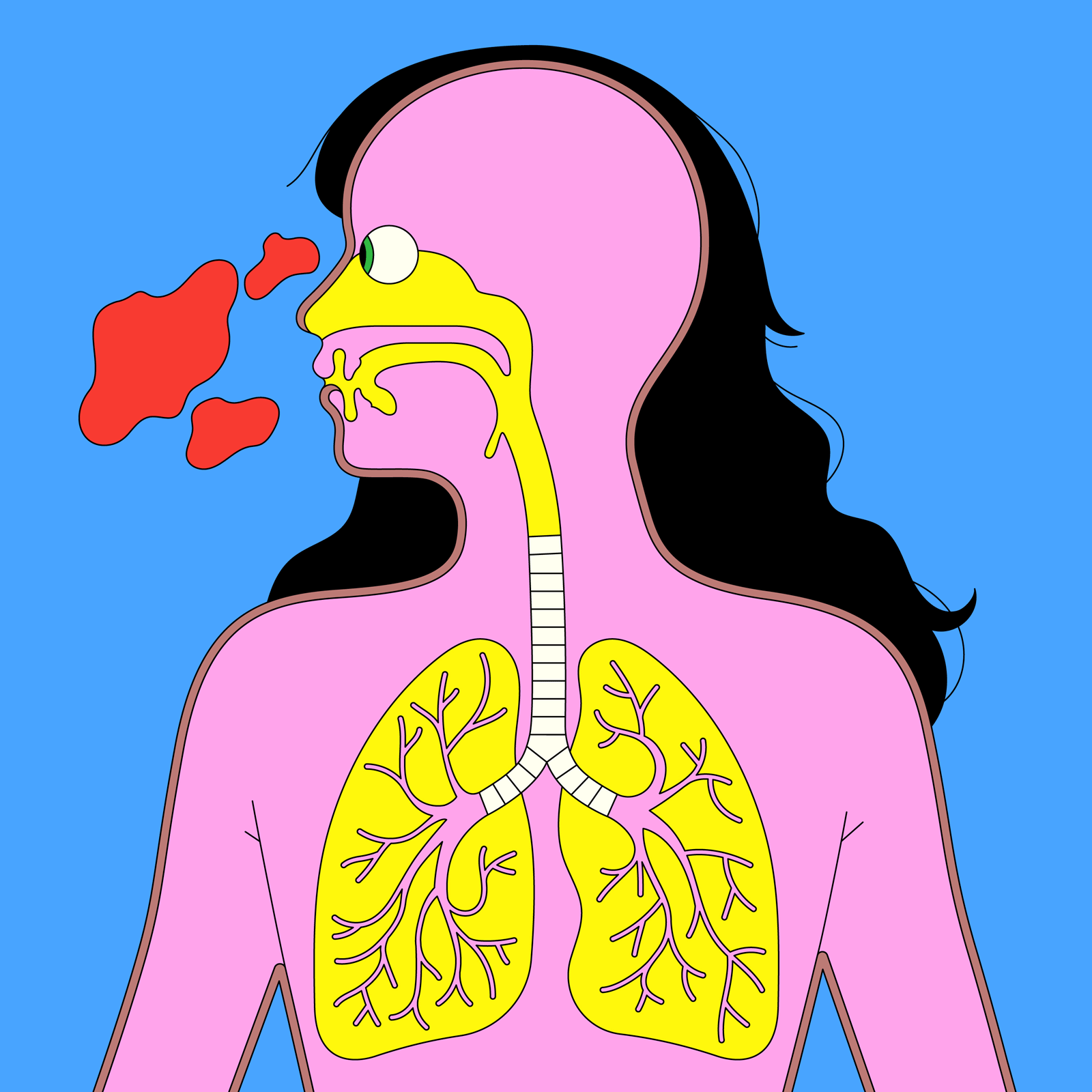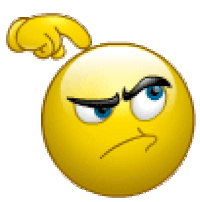Respiratory System and the Lungs
What is the respiratory system?
The respiratory system is a living system that is made up of specific organs and tissues which are used for gas exchange in both animals and plants. The respiratory system is what helps us breathe. It starts from the nose and mouth and continues through the airways and the lungs
The Lungs
The lungs are baglike organs, or body parts, they are the main organs of our breathing system (respiratory system). All animals that breathe air (inhale) have lungs. The air we breathe in (inhale) that flows into the lungs contains oxygen, and when an animal breathes out (exhales) air a gas called carbon dioxide flows from the lungs.
The structure of the lungs
The human body has two lungs, one on either side of the chest cavity. The heart is found between the lungs slightly to the left of your breastbone. The right lung is slightly bigger than the left lung and has three rounded parts called lobes. The left lung is smaller in size and has two lobes. They are pink in colour and soft like a sponge. The base of each lung rests on a strong sheet of muscle called the diaphragm.
How do the lungs work?
When we inhale, the oxygen in the air passes through the walls of the alveoli into tiny blood vessels called capillaries. The red blood cells in the blood vessels then pick up the oxygen and take it to cells throughout the body. Wastes such as carbon dioxide and water vapor are carried in the blood back to the lungs. The lungs send the wastes out of the body when the animal breathes out.
Watch the video to learn more about the respiratory system and the lungs.





